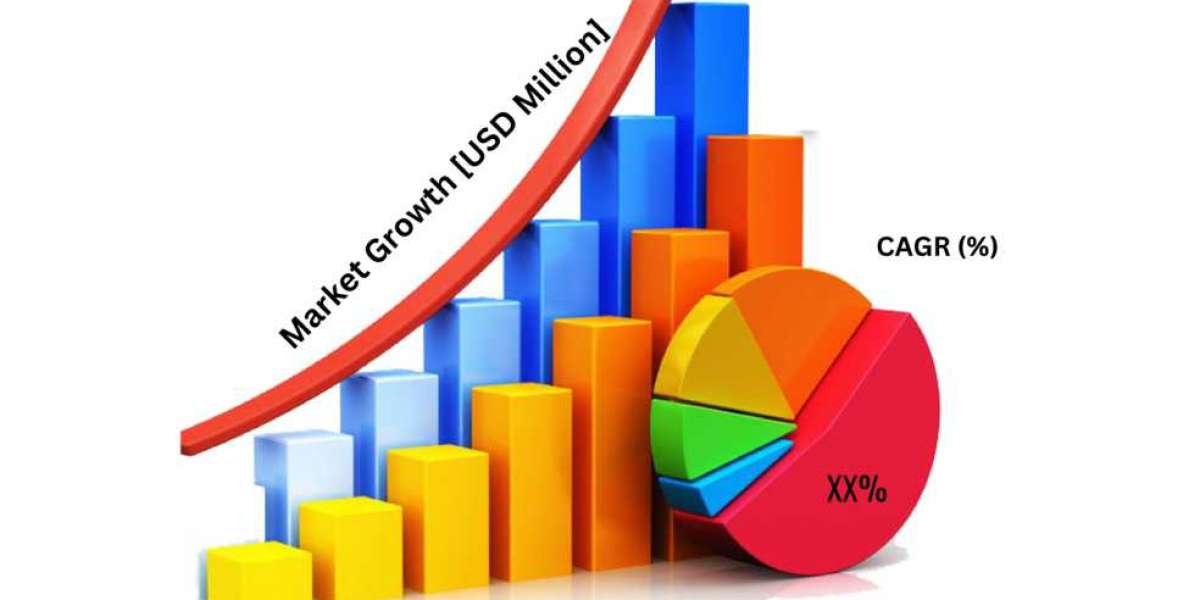Cheminformatics: Fueling Drug Discovery and Chemical Innovation with AI and Big Data
The field of cheminformatics, the intersection of chemistry, computer science, and information science, is undergoing a dramatic acceleration, largely driven by the pervasive integration of Artificial Intelligence (AI) and the explosion of chemical and biological data. News from around the globe highlights a market poised for significant growth, with cheminformatics becoming an indispensable tool for accelerating drug discovery, optimizing chemical processes, and advancing personalized medicine.
Market Expansion Driven by Drug Discovery and Personalized Medicine:
This expansion is critically linked to:
- Urgent Need for New Treatments: The rising prevalence of chronic diseases and the demand for new drug discoveries to address global health challenges are key drivers. Cheminformatics accelerates the search for novel chemicals with desired properties.
- Demand for Personalized Medicine: Cheminformatics plays a vital role in personalized medicine by analyzing genetic and molecular data to tailor drug therapies, leading to more effective and safer treatments. Approximately 34% of new molecular entities (NMEs) approved by the FDA in 2022 were classified as personalized medicines.
- Efficiency in Drug Discovery: Cheminformatics is replacing traditional trial-and-error methods with data-driven approaches, enhancing speed and efficiency in research and development pipelines.
AI and Machine Learning: The Game Changers:
AI and machine learning (ML) are at the core of this transformation. They are revolutionizing various aspects of cheminformatics:
- Accelerated Drug Design: Generative AI models are enabling researchers to explore vast chemical spaces, predict molecular properties, and design novel drug candidates in minutes. This drastically reduces the time and cost associated with traditional drug development. NVIDIA's BioNeMo Cloud Service, for instance, offers tools that simplify drug target identification and enhance molecular designs using advanced generative AI.
- Improved Virtual Screening: AI algorithms enhance the accuracy of virtual screening by identifying promising leads from large compound libraries and predicting their binding properties, significantly de-risking the drug discovery process.
- Property Prediction and ADMET: AI/ML methods are proving highly effective in predicting crucial molecular properties and ADMET (Absorption, Distribution, Metabolism, Excretion, and Toxicity) profiles, allowing chemists to optimize compounds early in the development pipeline.
- Automated Retrosynthesis: AI-driven retrosynthesis is becoming invaluable for green chemistry and sustainability efforts by optimizing synthesis routes to minimize waste and reduce reliance on hazardous reagents.
- Data Integration and Analysis: AI and ML are crucial for handling vast amounts of chemical and biological data, enabling better decision-making in early-stage research. Companies are focusing on optimizing informatics for ML and Generative AI, streamlining the processing of chemical structure and biological data.
Key Applications Across the Biopharma Industry:
Cheminformatics is finding widespread application across the biopharma industry:
- Drug Discovery Early-Stage Research: Identifying and optimizing lead compounds.
- High-Throughput Screening (HTS): Managing large datasets, identifying active compounds, and reducing false positives.
- Formulation Drug Development: Predicting properties like solubility, stability, and bioavailability to optimize formulations and design controlled-release drugs.
- Biologics: Aiding in protein-ligand interaction analysis, peptide and antibody drug design, and stability prediction for large molecules.
- Regulatory Compliance: Managing chemical databases, predicting toxicity, and ensuring adherence to regulatory guidelines, reducing the need for animal testing.
Challenges and the Path Forward:
Despite the immense potential, challenges include ensuring data quality and standardization, as well as the need for chemists to develop expertise in AI and data science to work effectively with these advanced tools. However, continuous technological advancements, increasing RD investments by pharmaceutical and biotechnology companies, and a global focus on personalized medicine are expected to drive the cheminformatics market forward. North America currently holds the largest market share, with Asia-Pacific anticipated to be the fastest-growing region. The competitive landscape sees major players continually innovating their software and platforms to maintain their edge.






